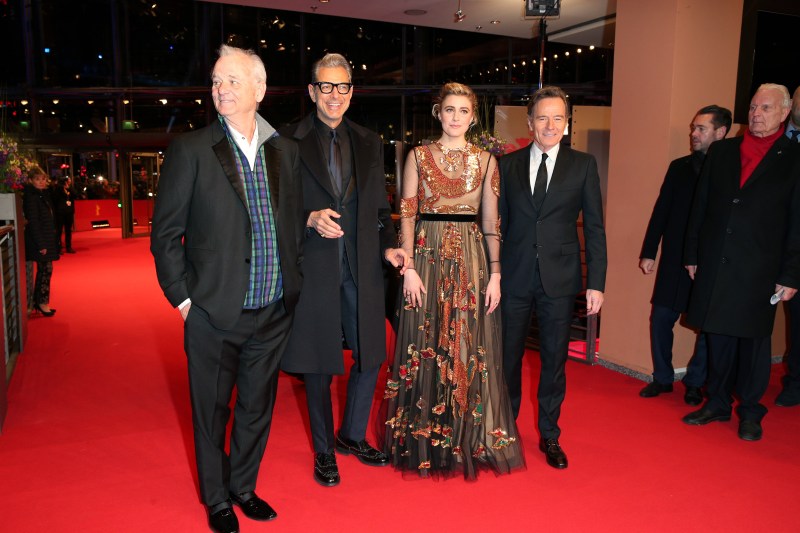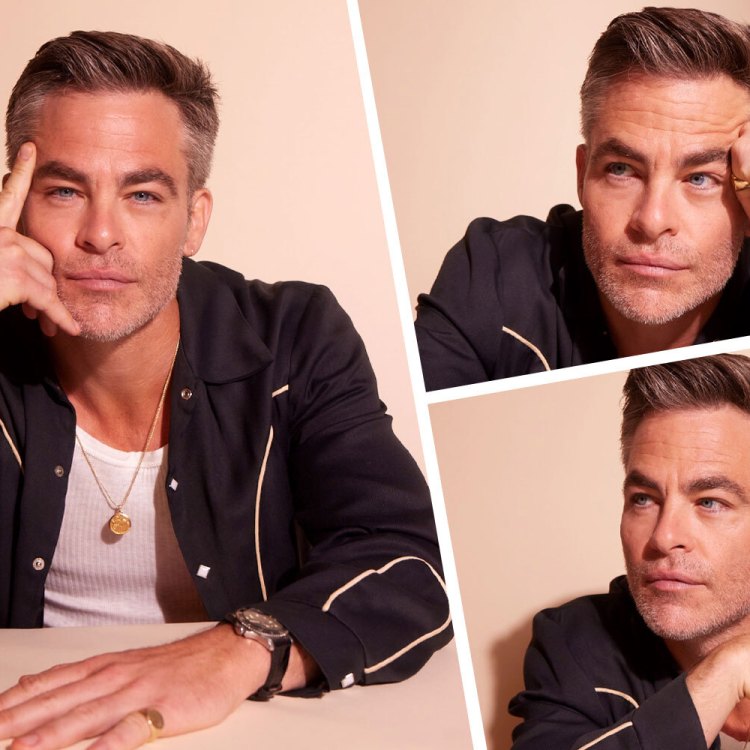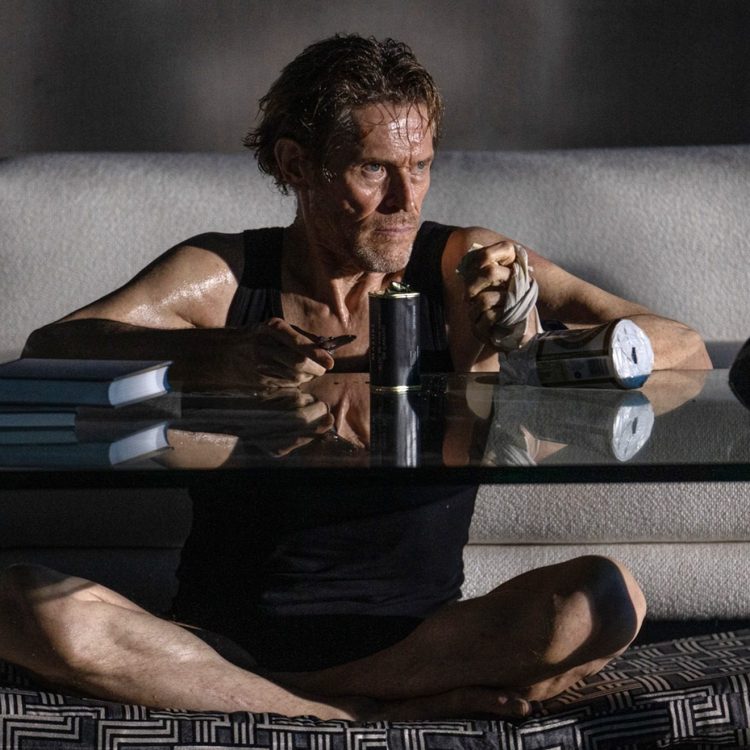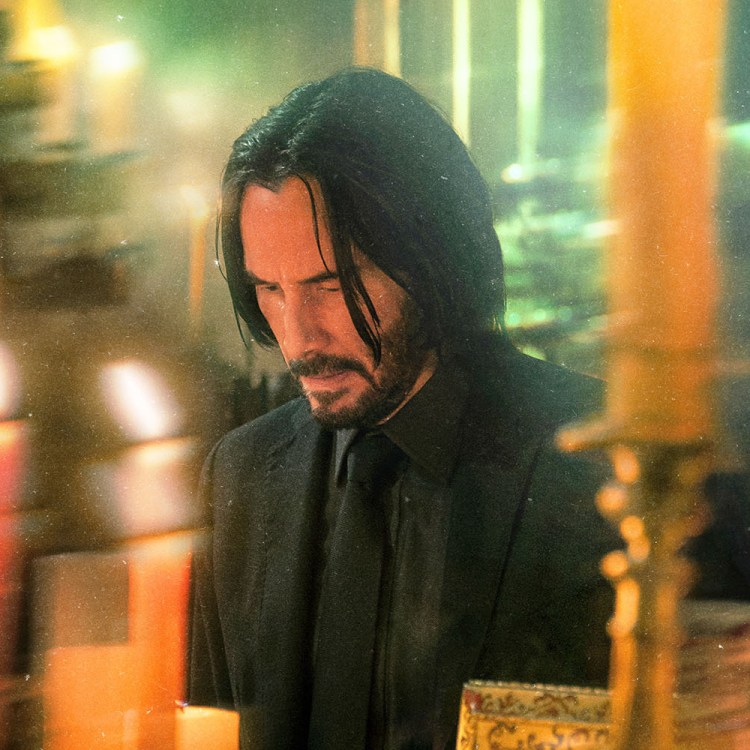Wes Anderson, 48, is a tweedy kind of wonderful – as much a curious character bubbling forth from his own vivid, detail-driven imagination as those embodied by notable ensemble players Bill Murray, Bob Balaban, Tilda Swinton, Jeff Goldblum and Jason Schwartzman, and new acolytes Liev Schreiber and Bryan Cranston. The writer-director’s latest concoction is Isle of Dogs, his first stop-motion animation since 2009’s Oscar-nominated Fantastic Mr. Fox. Combining whimsy and genocide, canines and felines, the spirits of Akira Kurosawa and Hayao Miyazaki, the boy-and-his-dog story opened the 68th Berlin International Film Festival last week to nearly universal praise. To quote The Hollywood Reporter‘s David Rooney, “the director delivers an even wilder, more distinctive experience with Isle of Dogs, the thoroughly captivating tale of a 12-year-old Japanese boy’s quest to rescue his beloved pet, and indeed an entire outcast canine population, from the genocidal scheme of a crooked mayoral regime.”
Rooney writes that Anderson’s latest — headed for a March 23rd release in America — has “cult potential stamped all over it.”
Anderson, the benign Chucky Manson of his own artistic cult, has worked in live action and animation to bring vivid idiosyncratic characters to the screen in exotic settings from The Grand Budapest Hotel to The Darjeeling Limited to the rarefied Manhattan of The Royal Tenenbaums. When the traveling circus gathers in Berlin, as they did when The Grand Budapest Hotel opened the festival four years ago, a strange magic transforms the German capital conjuring a welcome reminder that cinema is art not product.
And, in this scandal-shredded era of Woody Allen’s once-loyal ensembles turning on their master, recanting their allegiance from newcomer Timothee Chalamet to Oscar-winner Colin Firth, Anderson’s crew remains loyal, expanding with each new work. It starts at the core, as becomes evident in an Anderson masterclass also attended by his long-time writing partners Jason Schwartzman and Roman Coppola, and actor-writer Kunichi Nomura, who appeared in The Grand Budapest Hotel and Sofia Coppola’s Lost in Translation.

The journey to the Isle of Dogs began, according to Anderson, “four and a half years ago tonight,” as if he is narrating the process of creation in the same voice that voices over so many of his movies. He was sitting around, notebook in hand, with Schwartzman and Coppola, with the latter moving to the floor to get comfortable. Anderson sets the scene: “Jason and Roman are cousins, you know. They have a very comfortable intimacy with each other. So, often, they’re putting their legs on top of each other or something for six hours while we’re working on something. And so, we have a very relaxed kind of fun way to work. It keeps us [engaged] and we entertain each other with our stories.”
With the cousins nodding nearby, Anderson reveals the participants’ unusual intimacy. The film begins with close creative friends entertaining each other with the unspoken suggestion that if they can keep each other entertained they’ll succeed in connecting with their core audience.
The first day the trio gathered to discuss what would become Isle of Dogs was documented in one of Anderson’s many notebooks. He says, “I can see page one of our first conversation about this movie, which was now many years ago. Even the names of the dogs are all on the first page. And that whole concept of the dogs and garbage, which is obviously not like ‘wait till you hear this: Dogs in a garbage dump. That’s it! You say no more!’ But for some reason we – reacted a bit like that. Like good. Good start. And then with diseases, because we immediately were working with diseases, and fleas, ticks, rats, mangy birds. That’s a sentence on the first page.”
It’s not exactly an elevator pitch but it’s the kernel of the idea begun with Coppola and Schwartzman. And then the idea expands, inspired by their shared interests: “We often talked about Japanese cinema together. We’re lovers of Japanese cinema. And somehow in our first time we spend together, we were really focusing on this story. That is what came out of it. And that’s when I asked Kun [Nomura] to get involved with us….”
Anderson traveled to Japan and cemented yet another artistic friendship, saying “I met Kun. And we were together basically from the second I set foot in Japan until I left on this trip years ago and we’ve been friends ever since.” And, this collaboration among the four men shapes the film’s vision, influenced by their shared love of Japanese cinema, so that the process of developing the story becomes its own journey of discovery and mutual surprise. “Our original thing,” Anderson continues in his self-deprecating way, “was we had this thing which would sound crazy, which is that it was originally supposed to be in the future. We’re seeing the futuristic city that’s sort of like a sixties version of the future. As if [Akira] Kurosawa in 1962 had done this in a future movie and the opening narration said the year is 2007….It was like a movie set in 2007, but made in 1962. But nobody really understood what we were talking about.”
What emerges in the Berlinale masterclass is that a clear understanding from the beginning is not the way Anderson and collaborators’ creative process works. And when the actors are cast –really invited – to join the experience, they flock to Anderson because he provides an environment that is culturally rich and curated and yet incredibly precise. What is clear from watching his films is that it must be as fun simply to participate in the filmmaking as it appears in the finished process.

The following day at the famed Hotel Adlon Kempinski adjacent to Berlin’s iconic Brandenburg Gate, Jeff Goldblum (The Grand Budapest Hotel, The Life Aquatic with Steve Zissou) fizzes with Anderson enthusiasm. “He reminds me of Robert Altman,” says Goldblum, who voices Duke, a member of the central pooch pack. “He thinks of the shooting experience as an art piece in itself. That’s why Altman would invite us to the dailies where he says that’s the movie, that’s all our work, and that’s what you should see. What we cut it down to, and the result is important to me and, of course, to him and he’s got something very particular in mind and makes a beautiful masterpiece — but the experience is an art piece too.”
Goldblum describes that experience: “With Wes, there’s a connection to the thrill of the location, the style, the occurrence. These movies that Wes is making… will live on and take their place in landmark cinema history and people will say you were there, what was it like?” Goldblum pauses and raises his eyebrows mischievously. “Yeah, I know, I am.”
As for Anderson’s landmark status, the director seems less concerned with posterity than the now: “We have a very relaxed kind of fun way to work together,” he says, pulling the microphone on his tweed lapel closer to his mouth. “We entertain each other.” And that emphasis on the process, as much as the quality of the product, will keep top talent like Goldblum, Murray, Swinton and Schreiber barking for more.
This article was featured in the InsideHook newsletter. Sign up now.






















